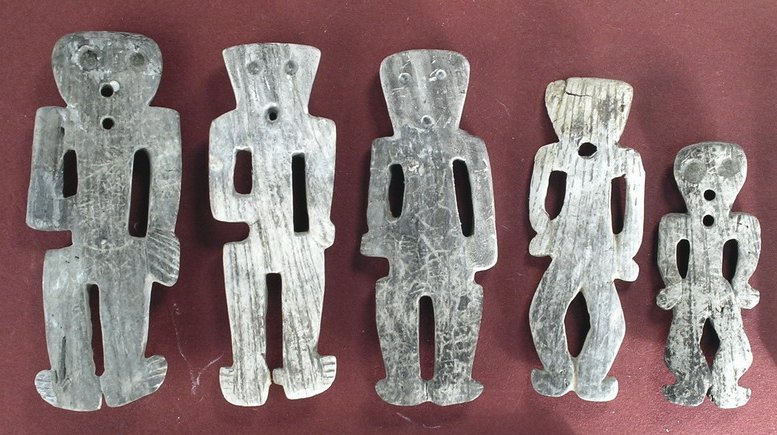The Hohokam people, an ancient Native American civilization, flourished in the southwestern United States, specifically in present-day Arizona, from around 300 to 1450 CE. Their culture and religion remain a fascinating topic of study, offering valuable insights into the beliefs and practices of pre-Columbian societies. In this article, we will delve into the intricacies of Hohokam religion, exploring its core principles, rituals, and symbolism.
Core Beliefs and Cosmology
Hohokam religion was deeply rooted in their connection with the natural world. They believed in a complex cosmology, where the universe was divided into multiple layers, each inhabited by various spirits and deities. The Hohokam people recognized a supreme being, often depicted as a sun god or a powerful ancestor, who was responsible for the creation and sustenance of the world.
Their belief system was also influenced by the concept of duality, where opposing forces like life and death, light and darkness, and good and evil were intertwined and interdependent. This duality was reflected in their rituals and ceremonies, which aimed to maintain harmony and balance within the community and the natural world.
Rituals and Ceremonies
Hohokam religious practices were characterized by elaborate rituals and ceremonies, often tied to agricultural cycles, solar events, and life transitions. Some of the most significant ceremonies included:
-
Rain ceremonies: Performed to ensure fertility and abundance, these rituals involved the use of sacred masks, singing, and offerings to the rain gods.
-
Sun ceremonies: Celebrated during solstices and equinoxes, these events honored the sun god and the cycles of nature.
-
Coming-of-age ceremonies: Marking important life transitions, these rituals initiated young individuals into adulthood and their roles within the community.
Symbolism and Iconography
Hohokam art and symbolism played a vital role in their religious expression. Some common motifs and symbols included:
-
Snakes: Representing rebirth, transformation, and healing, snakes were a dominant symbol in Hohokam art and ritual.
-
Birds: Associated with the sky, sun, and messengers between the physical and spiritual realms.
-
Geometric patterns: Intricate designs, like spirals and chevrons, were used to represent the connection between the natural and spiritual worlds.
Legacy and Cultural Significance
The Hohokam people’s religious beliefs and practices have had a lasting impact on the cultural heritage of the southwestern United States. Their legacy can be seen in the many archaeological sites, artifacts, and artistic expressions that remain today.
Moreover, the Hohokam religion serves as a reminder of the importance of respecting and honoring the natural world, as well as the value of community and balance in our lives. By exploring and understanding the beliefs and practices of this ancient civilization, we can gain a deeper appreciation for the rich cultural diversity of Native American societies and the enduring spirit of their people.
In conclusion, the Hohokam religion was a complex and multifaceted belief system, deeply rooted in the natural world and the cycles of life. Through their rituals, ceremonies, and symbolism, the Hohokam people expressed a profound connection with the universe and their place within it. As we continue to learn from their legacy, we are reminded of the importance of respecting and honoring the cultural heritage of Native American communities and the natural world that sustains us all.




